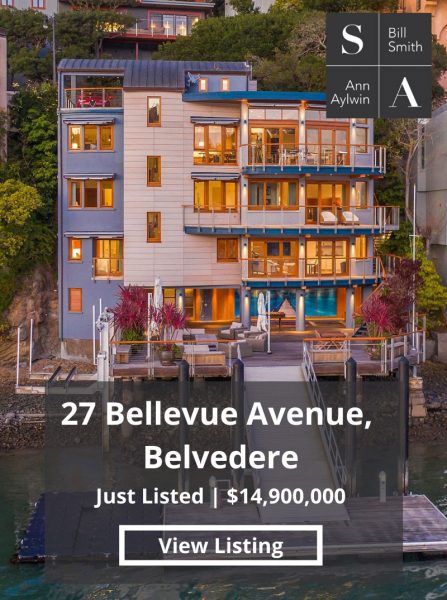
Mexico Cruisers Continue to SIP: Shelter in Paradise
We recently received an email from Mike Carran, a California cruiser who has spent most of this year sheltering in place in Mexico, or as some of us might say, sheltering in paradise. Mike says that although his marina is well occupied, the lack of mainstream tourism is affecting the locals, who are working hard to adapt to the current situation.
“There are some strange new COVID rules that come and go. They are similar to what is going on in the US. The islands and anchorages are open and we spend most of our time cruising around the Loreto area and enjoying it very much. Most restaurants and shops are closed but they are doing a great job with takeout and delivery.
“They are creating jobs like grocery and food delivery. The marina is quite full and cruisers are happy with the great service we have come to expect in Mexico.”
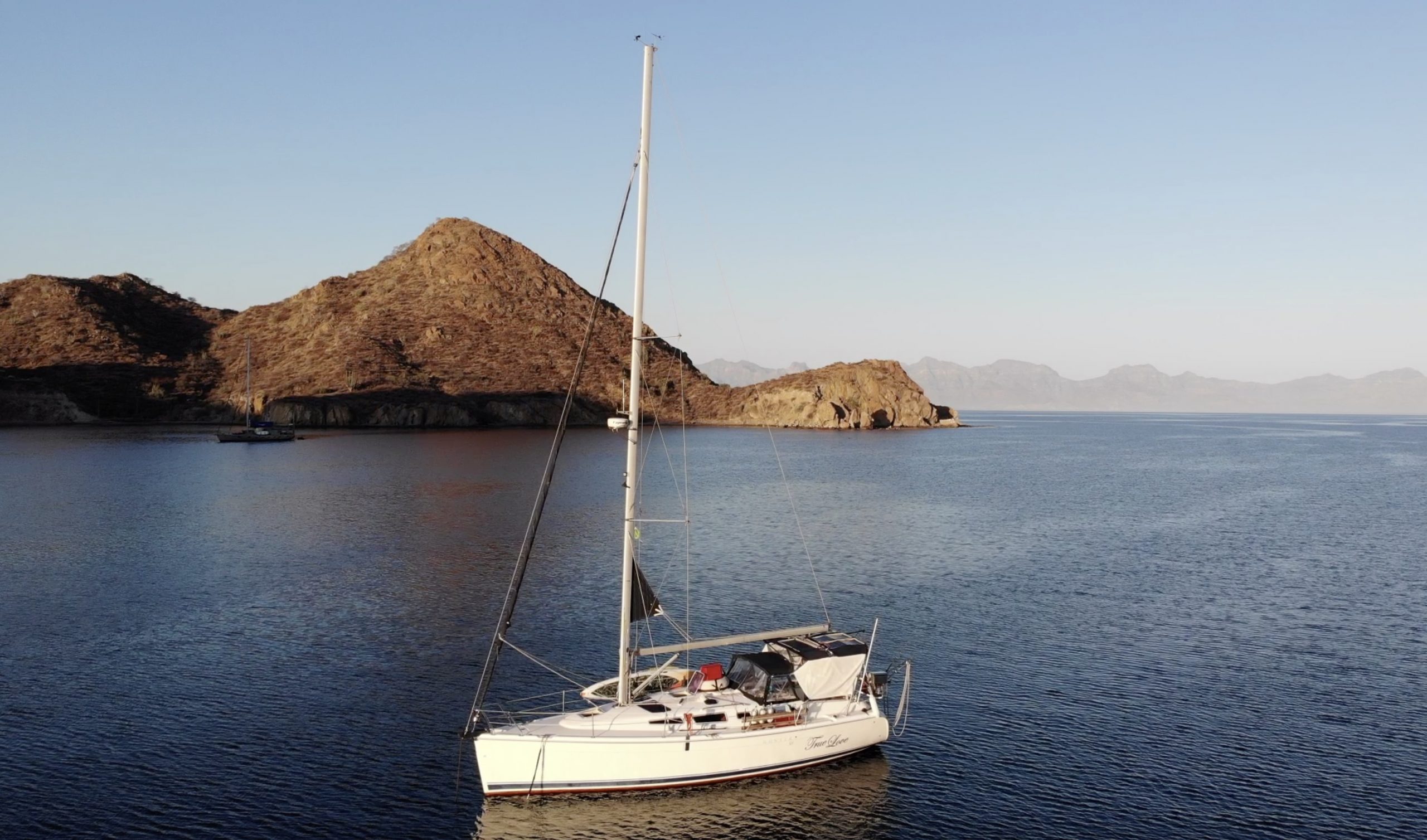
Mike sailed to Mexico as part of the 2017 Baja Ha-Ha contingent and sailed back to San Diego in 2018. Later that year he singlehanded from San Diego to La Paz aboard his 2006 Hunter 38, True Love. “She has taken care of me for the last seven years.”
“I hung out sailing around the Sea and ended up in Puerto Escondido for the summer of 2019. I met my girlfriend in La Paz in 2019 and we sailed together this season from November to now.”
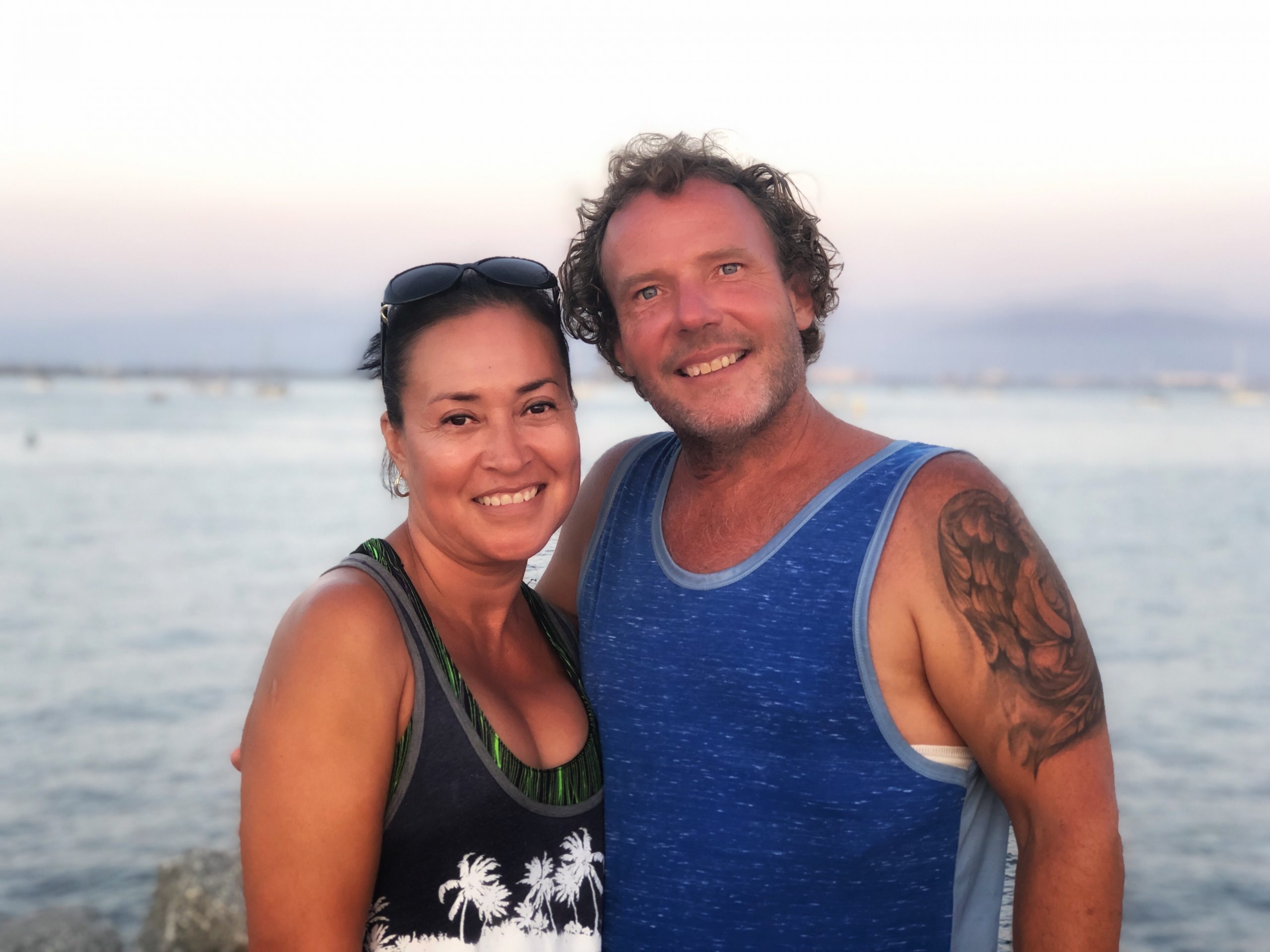
At the moment, Mike is back in California for a couple of weeks and says he can’t wait to go south again with a plan to go to Bahia de los Angeles before heading back down the Pacific coast in November.
“Our plan is to continue our southern route similar to last year where we will head down to La Paz in November, and cross to Mazatlan in January and work our way south to Zihua or farther depending on restrictions.”
Mike says although the pandemic has noticeably affected the region, their lives “really have not changed much.”
“This year was obviously different with the COVID. I know a few people who have left and likely won’t return until this is over. But most of the people seem to feel the same way I do. I would rather be quarantined on my boat cruising the warm waters in Mexico than stuck in my house in California.”
Mike has spent the last two summers in Puerto Escondido, near Loreto, and when asked where his home port is, he says if he had to name one it would be La Paz, “as I have a storage unit there.” (Anyone who has been to La Paz might agree that any reason is a good reason to call the location your home port.)
Want to see some beautiful Mexico scenery? Check out this video Mike sent of his cruising this year:
Some of Sailing’s More Unusual Stories
Let no one tell you sailing is boring. Over the past couple of weeks we’ve come across some stories that show the more unusual sailing — things that go on outside the straightforward cruising, racing and daysailing realm. So we’ve put together some of our favorite snippets from local waters and afar.
Three mariners rescued after SOS is spotted from the air
According to a story in the New York Times last week, three mariners were rescued from an uninhabited beach in Micronesia after the SOS they had written in the sand was spotted by a search plane. The report says the men, who are from the island of Pulap, had been heading for home from the Puluwat Atoll when their difficulties began.
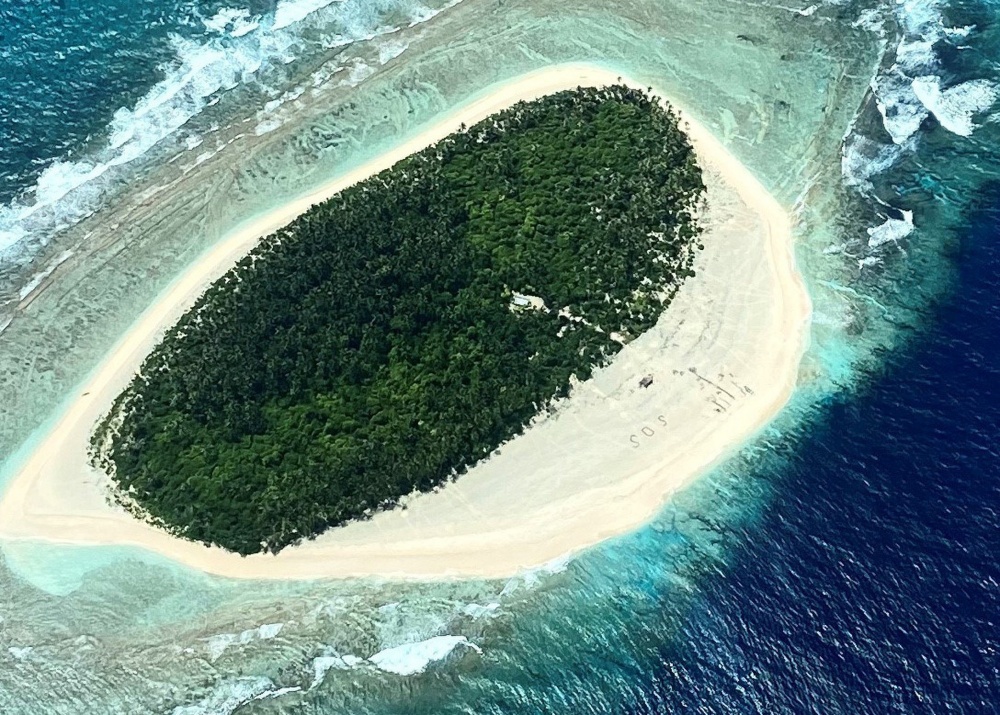
An NPR report says the men were reported missing on July 31, two days after their last communication. They were returning to their home island when they ran off course and their 23-ft skiff ran out of fuel. According to the US Coast Guard, the men were found and rescued through a joint operation between Australia and the US.
Meanwhile, back in California, we heard of a West Coast sailor whose SOS, made of branches, led to a rescue. But we’ll save that story for another day.
Historical Bay Area schooner goes to dry dock
The San Francisco Maritime National Historical Park’s schooner C.A. Thayer has been moved from its home on Hyde Street Pier to Alameda, where it is being hauled out for some maintenance. In case you weren’t around to watch how they moved the big ship, here’s a video the organization posted on its Facebook page:
Sailing by breath
A sailor from the Isle of Wight, UK, is embarking on a journey to sail across the Atlantic Ocean using only her breath. Natasha Lambert, 23, has quadriplegic athetoid cerebral palsy and uses a wheelchair to move around. Her only means of operating her sailboat is by using a ‘Sip and Puff’ device that enables her to sail by sipping and puffing on a straw.
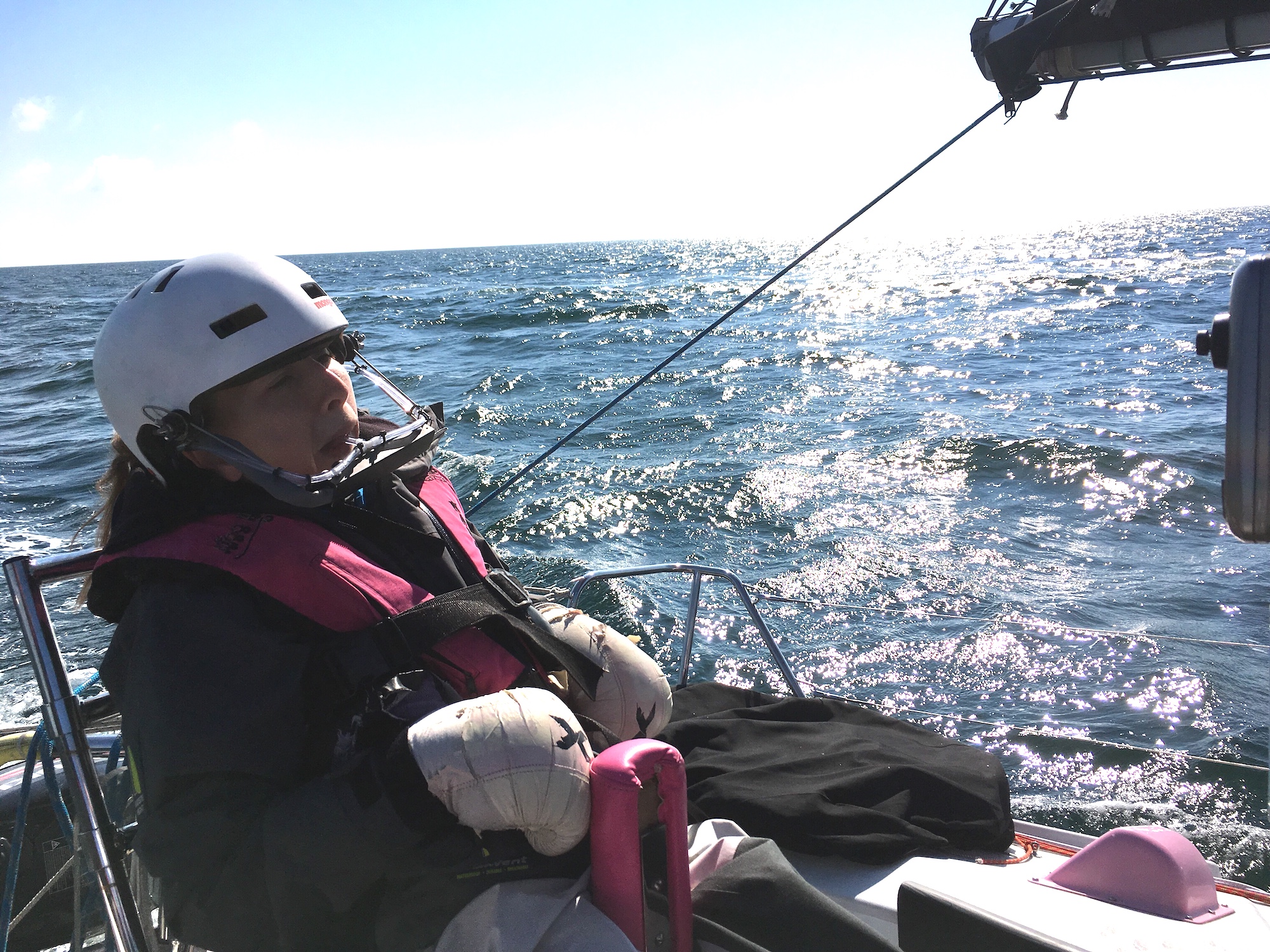
According to the local news site On The Wight, Natasha is embarking on the voyage with a goal of raising £30,000 (approx. $40,000 US) for three charities.
Compass Realty – 27 Bellevue Avenue
YRA Racing Returns to San Francisco Bay
The Yacht Racing Association of San Francisco Bay has been hard at work on behalf of clubs and organizations around the area, helping to launch dozens of races. However, they had yet to launch their own YRA races — until now.
In the Bay (and a Bit Beyond)
Earlier this week, the YRA announced two upcoming races — for doublehanded crews (singlehanders welcome too):
- The Island Tour Regatta (formerly the YRA Summer Series #5) hosted by Richmond Yacht Club on August 29.
This revised race will have boats sail from the Berkeley Circle down to Blackaller Buoy then over to Red Rock and on to a finish off the RYC Race Platform. - The rescheduled Encinal Regatta hosted by Encinal Yacht Club on September 12.
This race will send boats from the east side of Treasure Island, out the Golden Gate to Point Bonita, then back down to finish at the entrance to the Oakland/Alameda Estuary. Unfortunately there will be no traditional after-race celebration at EYC this year.
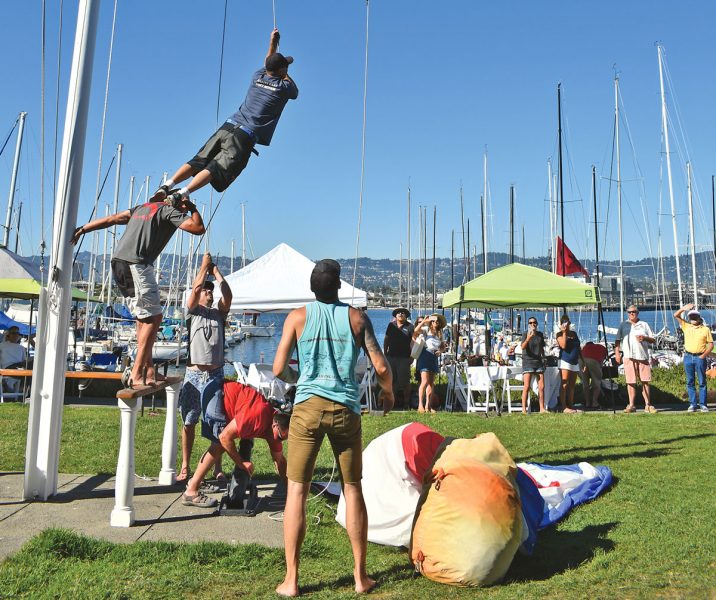
“Both races are open to doublehanded crews and have spinnaker and non-spinnaker options,” writes the YRA. “While the pandemic has forced us to cancel both the YRA Summer Series and the traditional version of our Weekend Regattas, we are looking forward to these upcoming doublehanded racing opportunities and hope you’ll join us for one or both of them.”
Offshore
“Unfortunately we have made the sad, but necessary, decision to cancel the OYRA Season,” says the YRA. “There is a possibility of running a stand-alone offshore race on either September 26 or October 10. If we decide to go ahead with an offshore race on one of those days we will be sure to give everyone plenty of notice. Both BAMA and the SSS do have some offshore events coming up for those of you looking to sail offshore either single- or doublehanded.”
Singlehanded Sailing Society
“We are currently still planning on running the SSS Drake’s Bay race on August 22-23 without the OYRA,” writes Tom Boussie, race chair for the SSS. “We have not announced the race yet as we haven’t quite locked in the logistics on the Drake’s Bay end. I will let you know when we get to a definitive go/no-go.”
The SSS’s rescheduled Round the Rocks will tour the East, Central and North Bays tomorrow. A whopping 122 boats signed up, 38 singlehanded and 84 doublehanded. Registration is closed. We’ll have a report and photos in September’s Racing Sheet in Latitude 38 magazine.
Bay Area Multihull Association
BAMA has confirmed that they’ll run the Doublehanded Farallones Race on September 19. That race had originally been scheduled for March 28. Most ocean races start off either Golden Gate or St. Francis YC on the Cityfront. However this one will start west of the Golden Gate Bridge off Baker Beach on the San Francisco side, between a RIB and an inflatable mark. It’ll finish off GGYC.
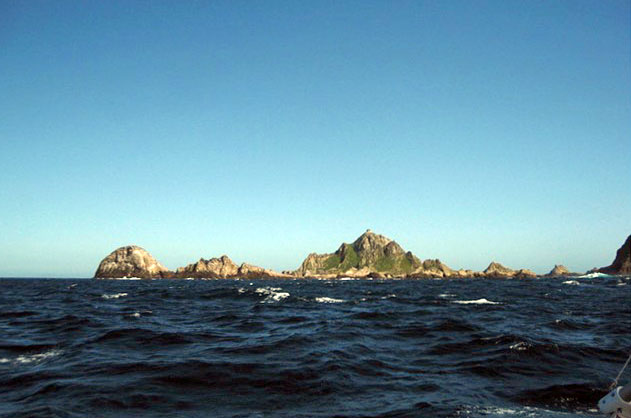
They’ll revise the Racing Rules of Sailing to allow:
- Twin headsails set on two poles for downwind sailing.
- A whisker pole of suitable size for the largest rated headsail may be carried without penalty, but may not be used with the spinnaker.
- Self-steering and autopilots.
Find the registration, the Notice of Race, and the Sailing Instructions on Jibeset.
Have You Ever Considered Removing Your AC System?
One of the stories that caught our eye in this month’s edition of Latitude 38 is Clark Beek’s discussion on upgrading your boat’s AC system — and we mean your electrical system, not your air conditioning. Clark is the general manager of Sausalito’s Spaulding Marine Center. He is an ABYC-accredited marine electrician with a lifetime of experience in the marine industry, and he’s also a circumnavigator. So we’re pretty sure he knows what he’s talking about. If you’ve ever considered upgrading your AC system, read what Clark has to say on the topic. It could save you a lot of frustration, headaches, and money.
“It’s also a philosophical question: Is your boat made to sit at the dock or to be out sailing? I decided on the latter, and my electrical system is built around being out cruising, away from the grid.” – Clark Beek
Upgrade Your AC System, or Rip it Out
As a marine electrician, almost all of the calls I get for survey or insurance compliance are for alternating current (AC) issues, and they should be: Faults and errors in AC systems can cause electrocution, electric-shock drowning, and/or very expensive corrosion problems.
With this in mind, dare I suggest ripping out the AC system altogether?
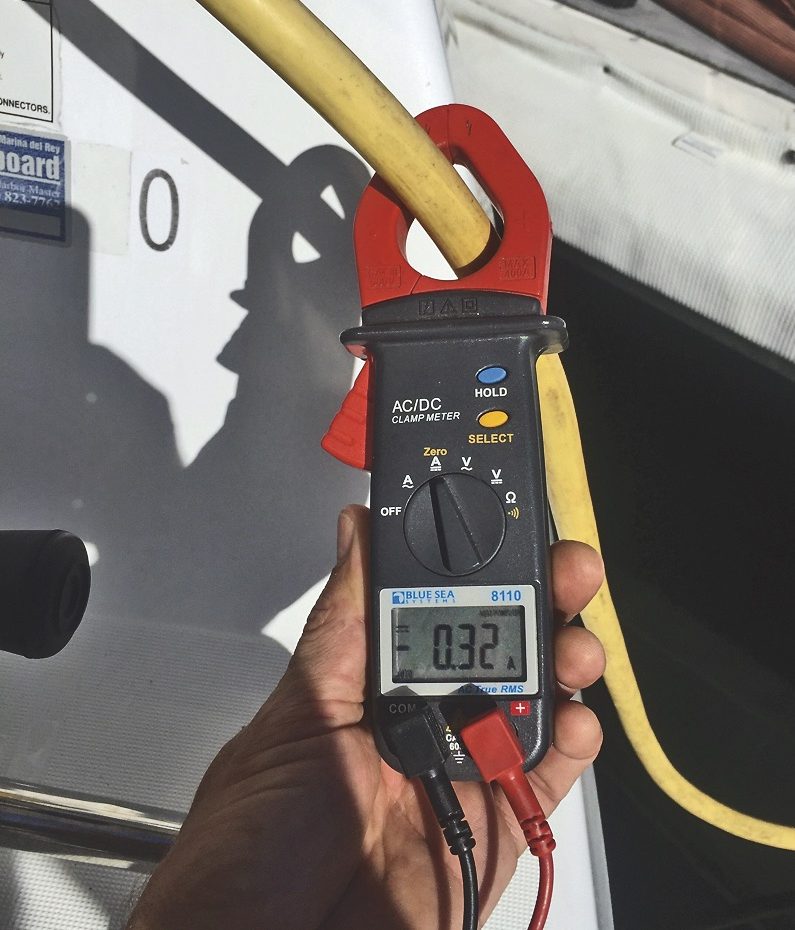
If you do rip it out, the benefits are manifold and liberating: You won’t have to worry about electrocuting anyone on your boat or in the water, the most insidious corrosion problems and worries about ‘hot marinas’ will go away, and your boat will be simplified. And you’ll save a lot of money over bringing an older AC system up to current, safe standards.
Boats already have another electrical system: a DC system, powered by batteries, that starts the engine and supplies electricity to pumps, electronics, entertainment units, and everything else on board. Over the past 30 years, there have been great improvements in DC products, such as LED lighting and even 12-volt TVs. While electrical fires, stray current corrosion, and the dangers of battery acid are all present in DC systems, nobody (I don’t think) has ever been fatally electrocuted by a 12-volt battery. The truly scary stuff comes from AC.
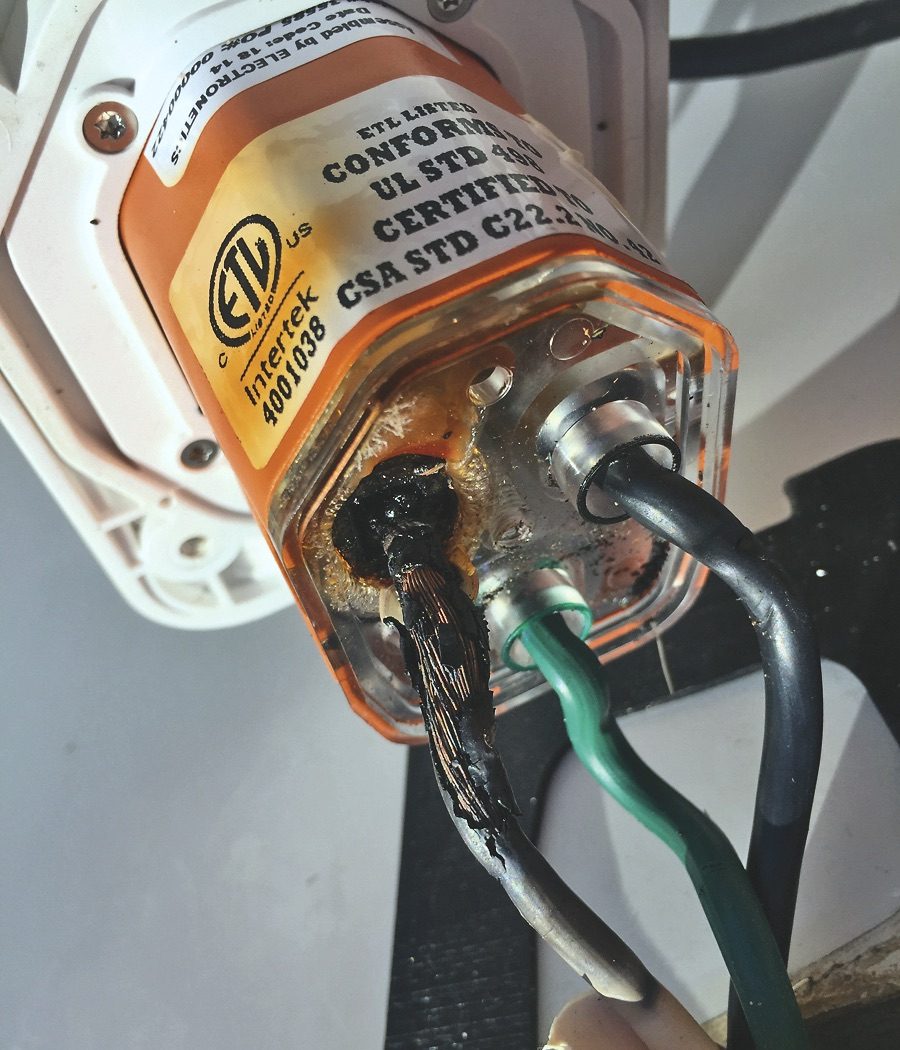
Years ago, I gave up on the AC system on my cruising ketch, and I’ve never looked back. I’m just now ripping out the last corroded, electrocution-prone, non-grounded death wires as of this writing. I have a small 400-watt inverter that I plug into a cigarette lighter receptacle to recharge batteries for power tools, supply a laptop, and even power small appliances like our coffee grinder.
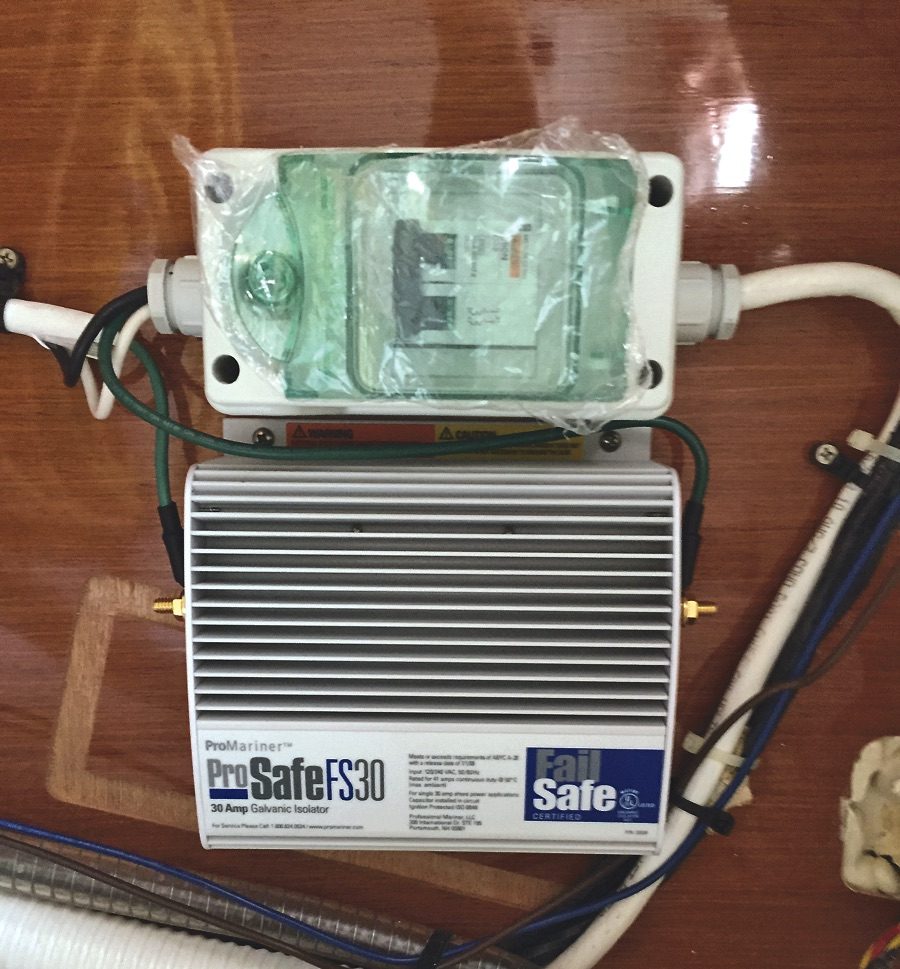
To continue reading, please go to this month’s Latitude 38.

